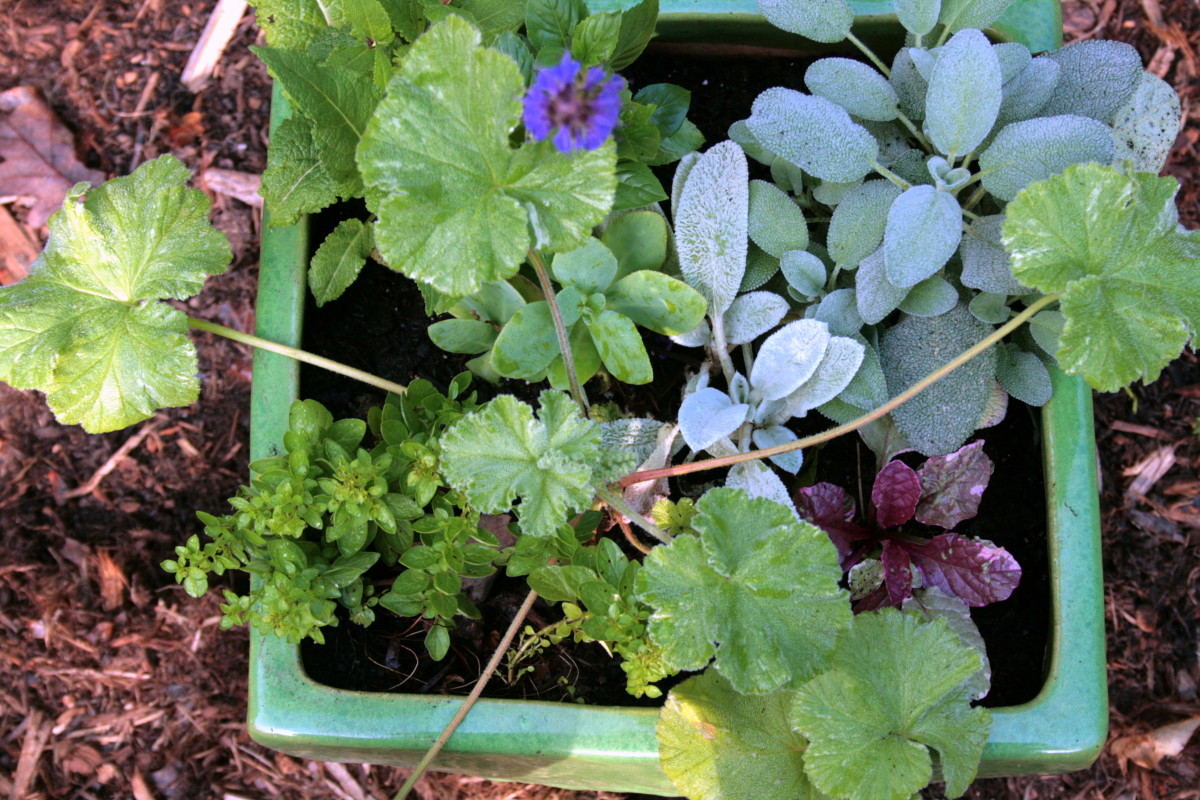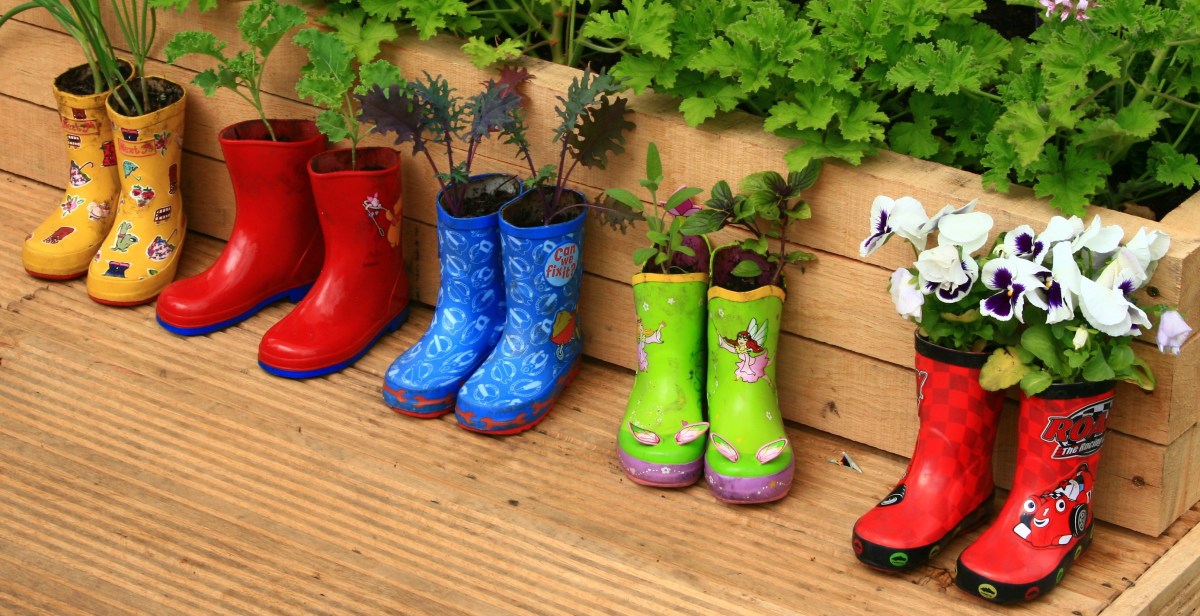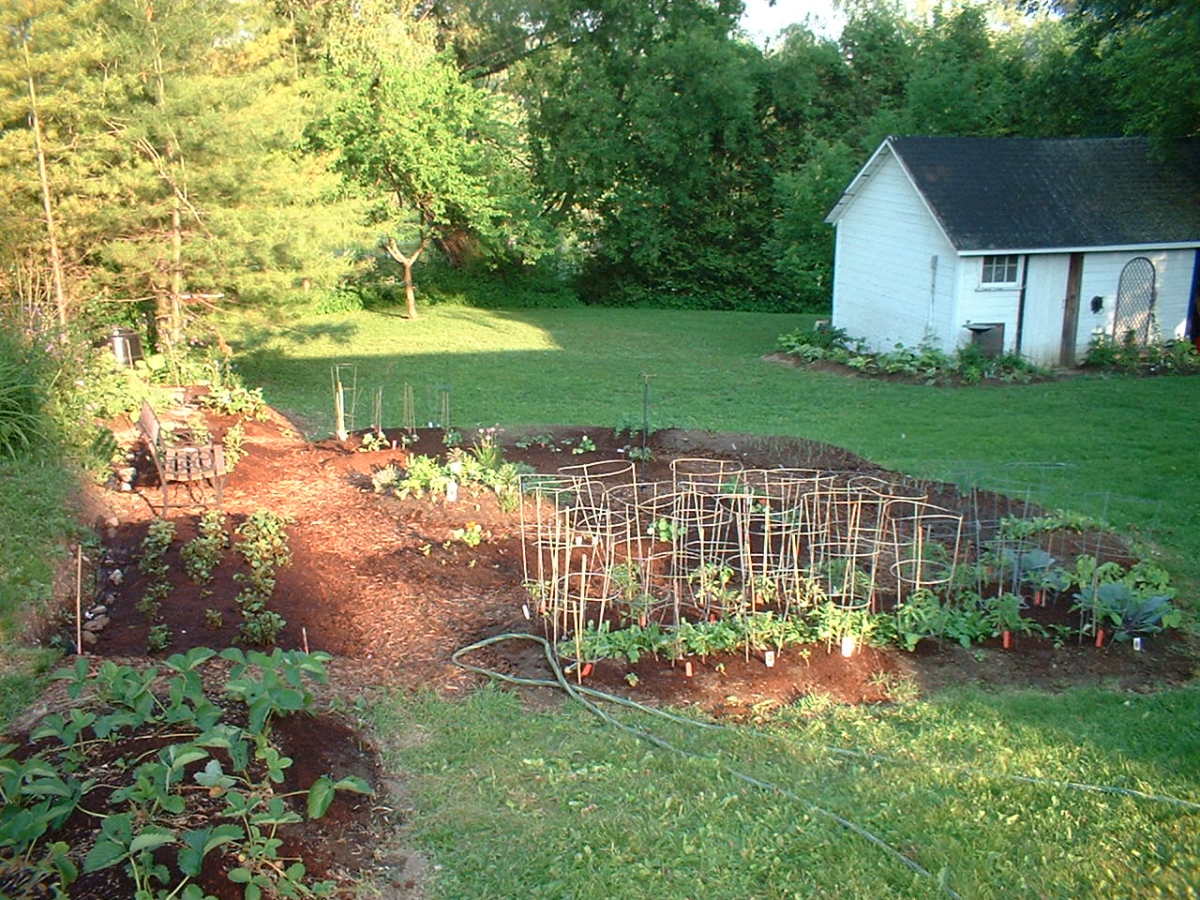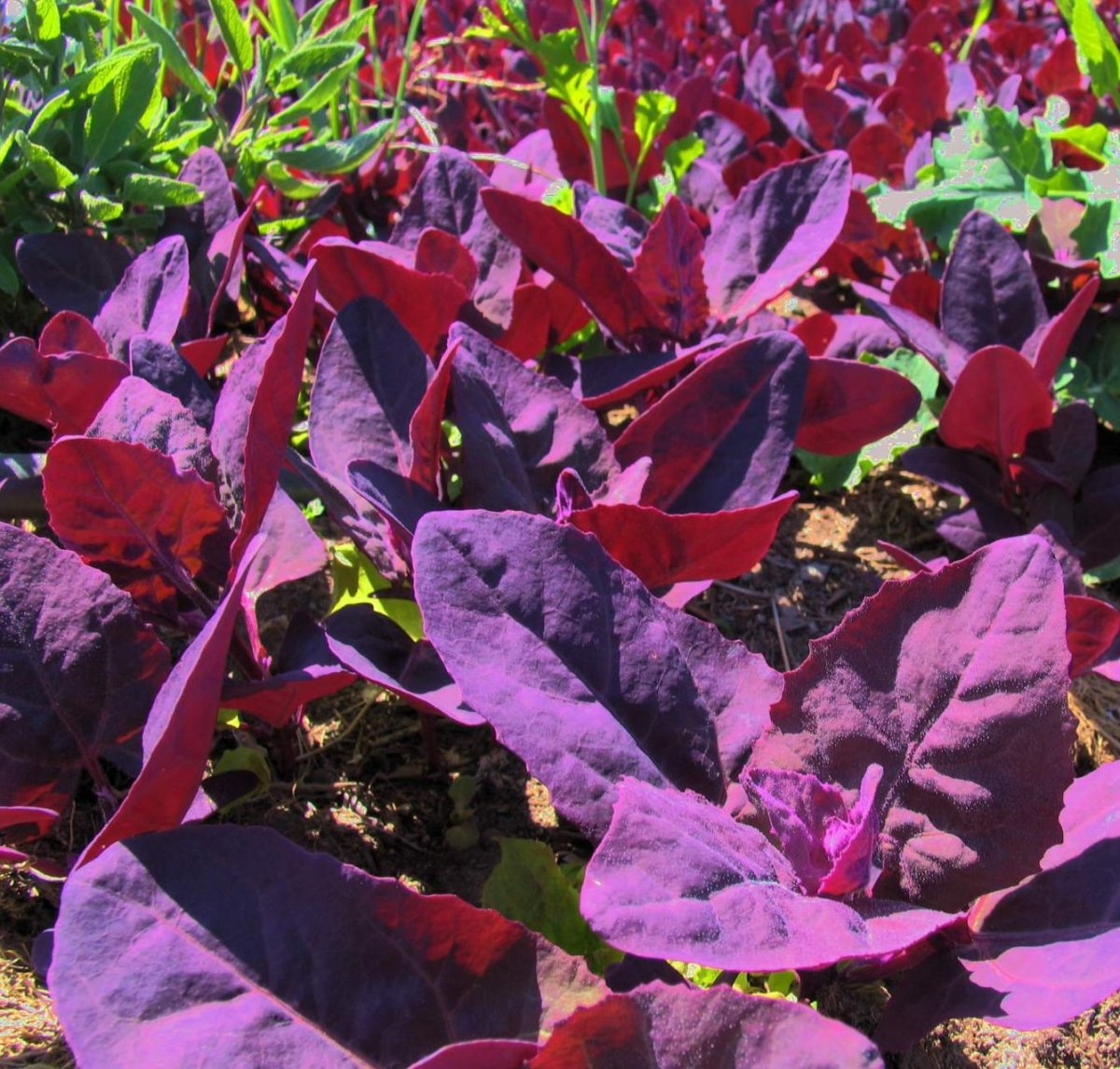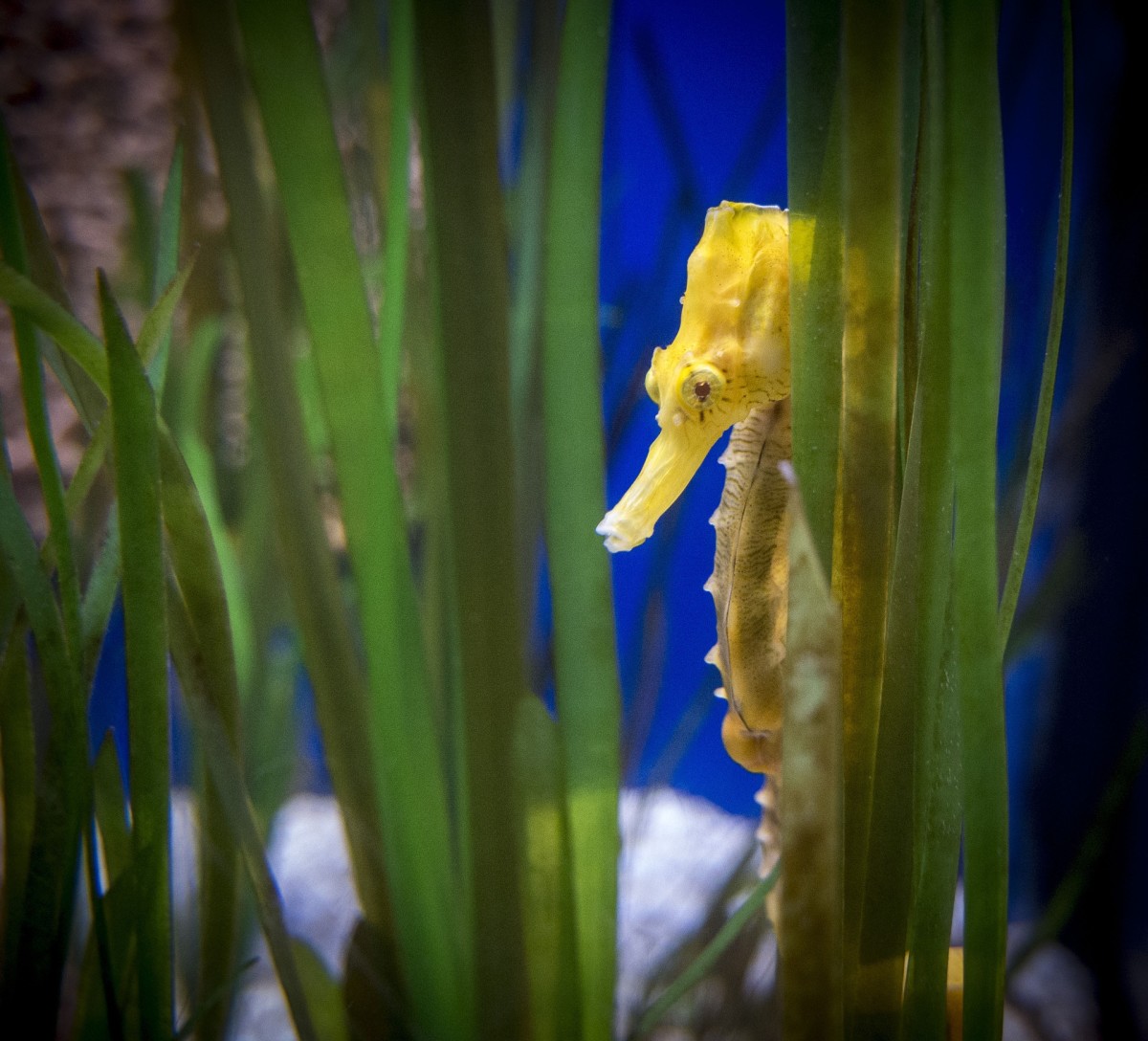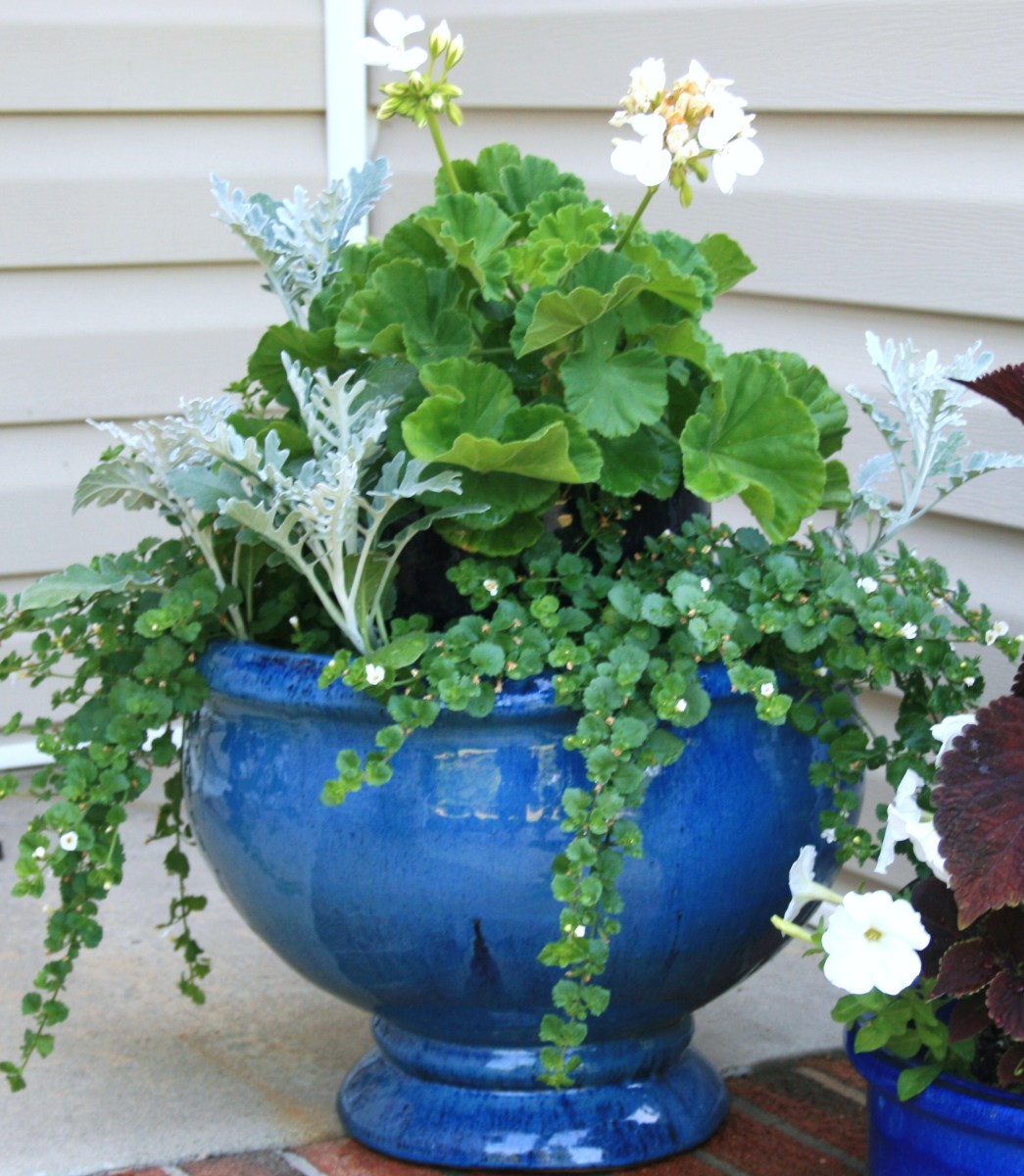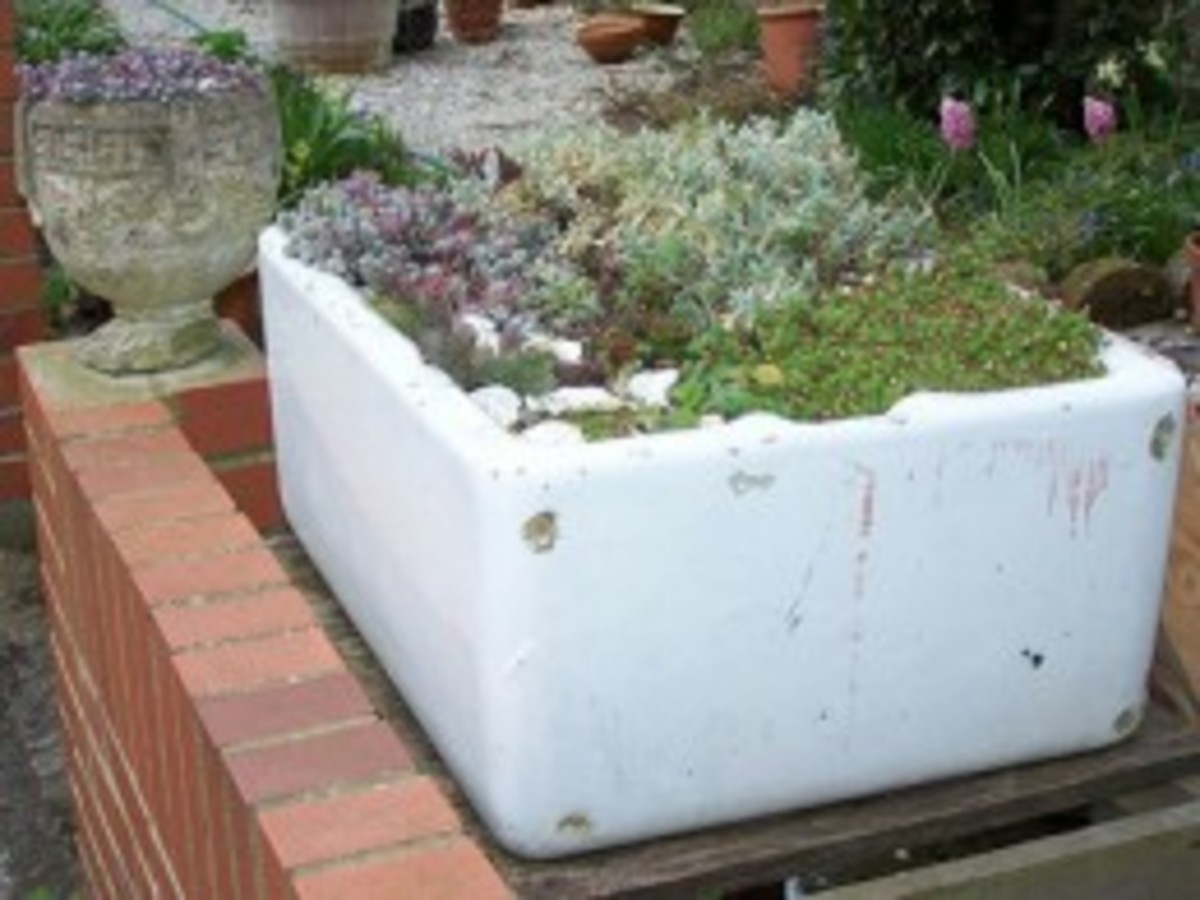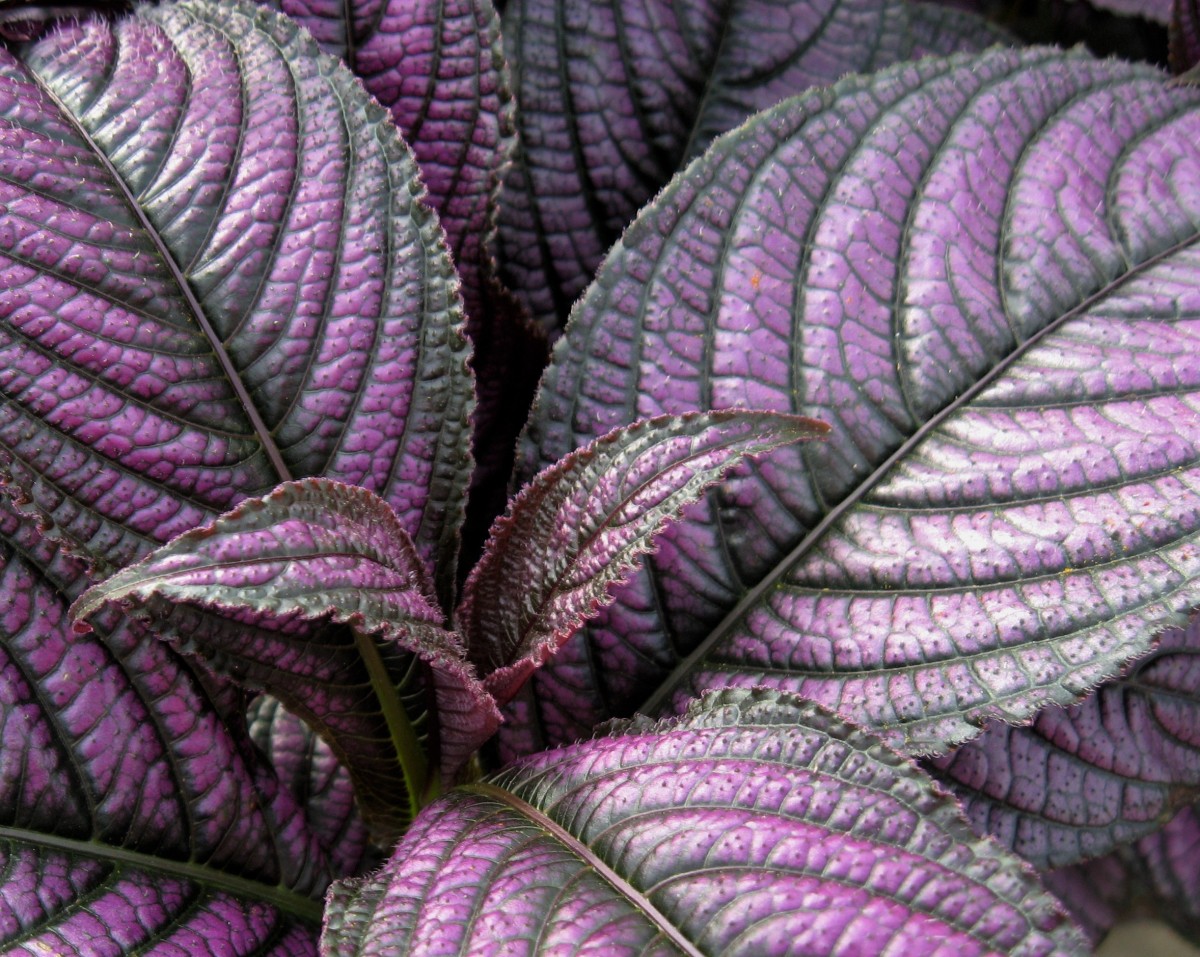Container Gardening Ideas: Vegetable, Flower and Herb Planting Advice
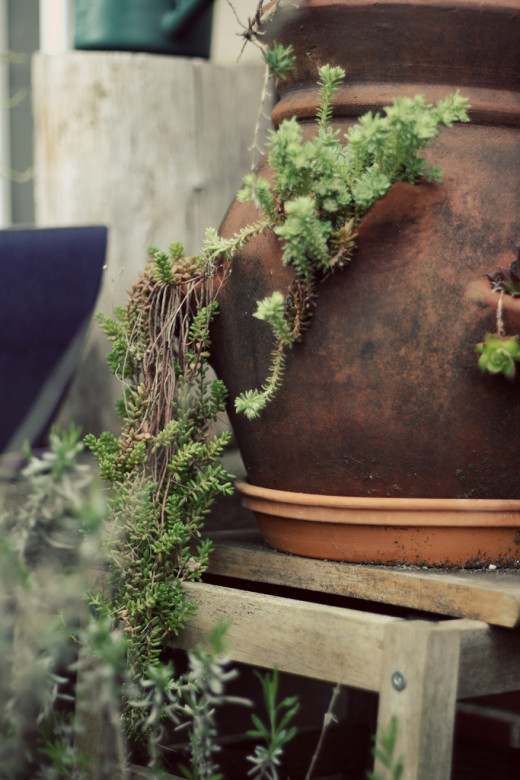
How to Make a Container Garden that Thrives: Plans & Ideas
Why opt for the ground when you have other options? Container gardening is a fun and fulfilling way to give your green space a unique look and tons of charm. A well crafted container will elicit complements whenever your friends come to visit, and you can have as much fun deciding what to plant in as you can picking out the plant itself.
However, many people planning a garden of this type run into troubles. Often what looked great in your head doesn't pan out in reality. With a few good container gardening ideas, you can be sure that your plan meets your expectations.
This article will focus on showing off a few great container garden ideas, including vegetable, flower and herb options that will grow well and look fantastic as they do. I'm crafting this article for anyone who wants to learn how to make a container garden, and I'll focus on the basics as opposed to challenging projects.
I'll also be offering advice and container gardening plans that will hopefully encourage you to branch out and be creative. You are an artist, and your green space is your palette!
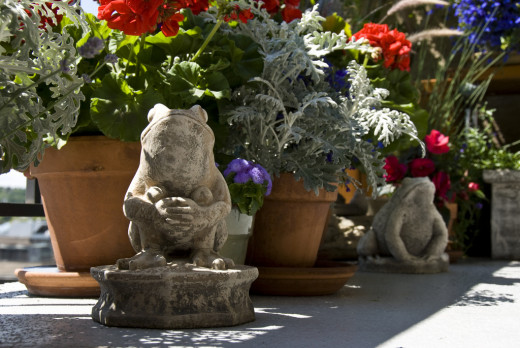
What is Container Gardening, and Why Do It?
If you're planning out a container vegetable or herb garden and are seeking ideas, you probably know the answer to these questions. But for those who are newer to the topic, I think it's worth briefly covering.
A container garden is a plant or group of plants grown in a closed system. It's sort of like a flower pot, but it's on a larger scale. Usually container gardens have a good amount of soil, and they're meant to house plants for a season, with annuals or vegetables that complete their life cycle in a single season. They can house perennials too, of course.
Container gardens are usually grown and cultivated outdoors.
What are some advantages of container gardening?
That's a great question! Container gardens are favoured for a number of reasons. First, they prevent the plants from mingling and spreading their root systems. That's a good thing when dealing with aggressive plants like mint.
Secondly, with container vegetable or flower gardening, you can organize your plants together more easily. You can put plants that complement one another together.
Another great reason for a container vegetable garden plot is many backyards don't have a lot of open earth. If you have a paved patio, you can green it up with several large pots.
Finally, a container garden is beautiful! It allows you to combine décor with mother nature, and (like a bonsai), you can trim and prune it to look like artwork. You can have a lot of fun designing your green space!
Idea #1: For vegetable / flower container gardens, consider a table garden
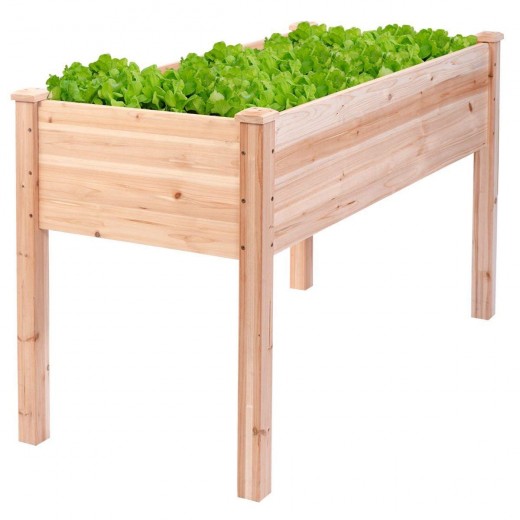
When it comes to growing veggies, you want to be able to tend to them easily and harvest quickly when the produce is ready. For that reason, I recommend not making it overly ornate or fancy. The vegetables will be all the 'eye candy' your garden really needs, anyway.
I'd highly recommend a table style container like this for both vegetable and flower gardening. Why? They're raised up, so you don't have to bend over too far to tend, water, trim and harvest your plants. They're spacious and they allow for a lot of different types of veggies to be planted in a single bed.
They also tend to last a long time, since most of them are made of solid, treated wood (as opposed to plastic or degradable metals). In the off season, you can actually use the raised table beds for a different purpose.
There are several good ones that I'd recommend. The waist-high vegetable container gardening table by Giantex is a nice one. It's solid cedar and built to last many seasons. The growing tray contains 8 cubic feet of soil, enough for a sizeable veggie haul. There are a few other good ones out there too.
In any event, I'd recommend you plan for your container vegetable garden to be raised, accessible and have lots of room for soil.
Some plants that grow really well in this setting are:
- Cucumbers
- Tomatoes
- Peppers
- Herbs (basil, oregano, sage)
- Strawberries
- Lettuce & Kale
- Marigolds
- Geraniums
Container Garden Idea #2: Tiered raised garden planter plots
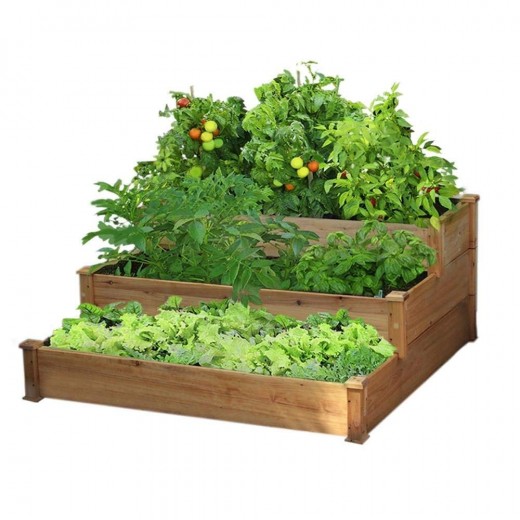
My next suggestion is to consider tiered raised beds. This is an idea that works well for both container flower gardening as well as herbs and veggies. It's a good choice for someone with a stone, brick or concrete outdoor space, as it gives the illusion of a much more green and lush environment.
A tiered raised garden bed system contains several 'steps', each one a bit higher than the other. It's a very clever little design that ensures that each plant gets plenty of sunshine and space to breathe.
It also creates the illusion of a more rustic, rural feel, and you get that effect even in the heart of the city. Many of the raised tiered beds have shared soil between the beds, so do be mindful of root separation of plants, so your more aggressive growers don't choke out the slower growing competition.
When putting together a tiered raised garden such as this, be sure that you angle the whole thing towards the sun to maximize exposure. Also, make sure that the faster growing plants (vines, trees, flowers) are at the top tier, with the slower growing / ground hugging plants (succulents, strawberries, etc) are on the bottom tier.
The featured raised tiered bed on the right is by Yaheetech, and it features solid cedar which is dovetailed for quick assembly. It's a nice looking addition to any space.
Idea #3: Unique containers make for fun gardens
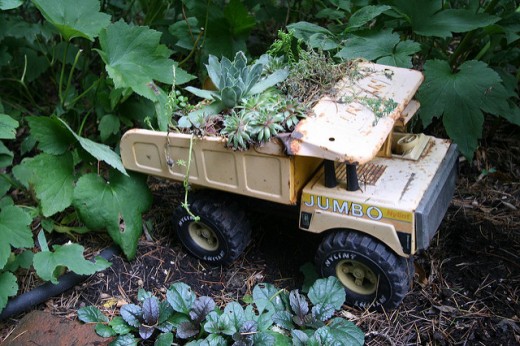
Choosing a unique container is a great gardening idea. Plants will grow in most spaces as long as they have adequate moisture and drainage, so there's really no reason why you shouldn't have some fun with the containers that you choose.
When picking one out, be sure to check a few things off the list: it has to be non-toxic (especially if you're growing veggies), able to hold water without degrading, it has to have a reasonably sized opening (or openings), and it must have some drainage holes so the plants don't drown.
Be sure to pick something that matches the surroundings of your outdoor space. If you're going for several fun containers, I'd draw up a little design or plan to follow so that there's a theme to your choices. Nothing is worse than a mismatched and cluttered looking garden!
More Container Garden Ideas & Tips
Overall, if you're doing a container vegetable garden, or if you're focusing on flowers or herbs, you can still follow the same basic rules: neat is the key to your success.
You'll want to carefully manicure your containers and the plants within to make sure the whole thing looks tidy and well cared for, as opposed to overgrown and scary.
Here are a few more ideas to help make your container gardening plans into a reality:
- No Soil, Please: You don't want to have any soil showing, especially if it's a smaller container. Fill the planter generously, and make sure the foliage covers most of the surface. You want to stride the line between lush and overgrown.
- Mulch it Up: If you can't cover all the soil,
use a mulch to tidy up the appearance. Mulch not only makes your container veggie or flower garden look better, it helps to protect the soil from invasive seeds, root-targeting pests, and dehydration.
- Different Heights: If you have a planter with multiple plants inside it, try varying the height for visual interest. You can do that by placing a large, flat rock underneath, or by using a brick or something similar. This lets the viewer visually separate the different plants from one another, and it can really look great when done properly!
- Be Cheeky: You should have a lot of fun with your container gardening plans. If you have a planter that's uniquely shaped, exaggerate that shape with your plants. If your planter is shaped like a head, use plants that create a beautiful, floral 'hair' arrangement. For an accidentally-on-purpose overgrown look, cut holes in the sides of wooden planters and have succulents 'bursting' from the seams!
Overall, I'd encourage you to play, have fun and see what works best for you. If you have further questions on how to make a container garden work, please don't hesitate to leave a comment in the space provided below.

